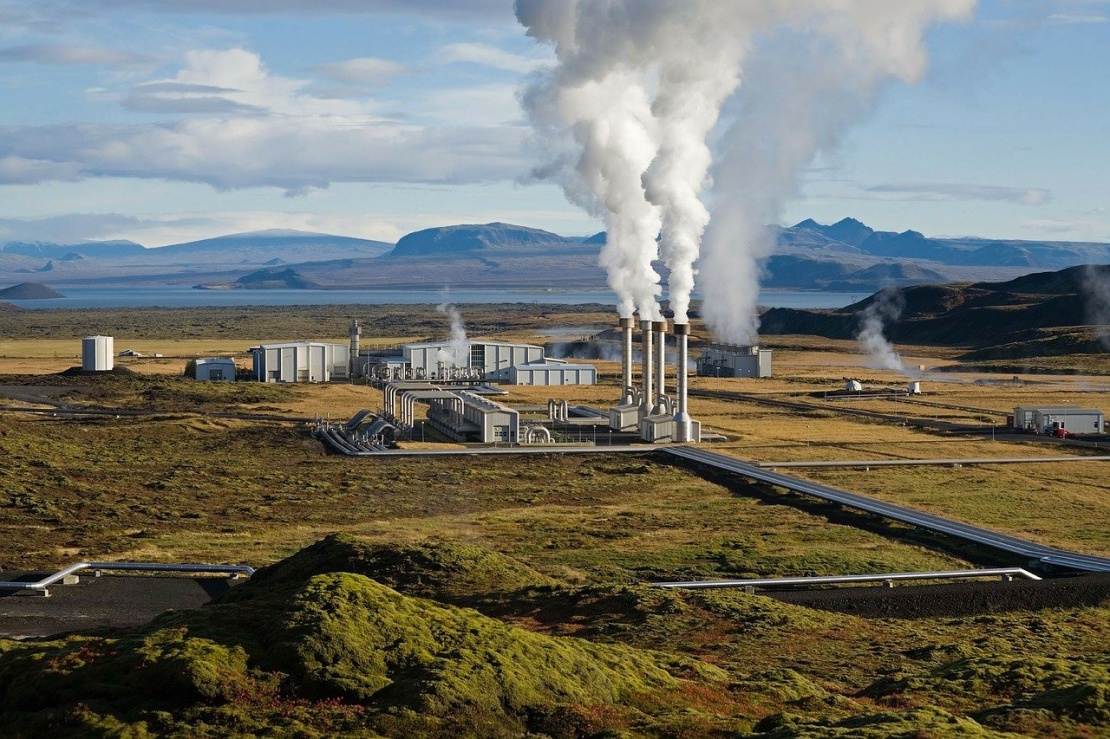
On the January 28th of 2020, “Carbon Limits” hosted an online seminar as part of the Market Development Partnership Program.
The training was opened by Olga Gassan-zade, Carbon Limits expert. Her presentation began with the introduction of the speakers of the online event. Adam Humphries, Benno Gunther and Philip Hardwicke, "HCBL" experts, became speakers of the online event.
The first one to speak was Adam Humphreys, an expert in investment and private banking. He talked about the concept of liquidity within the carbon market.
Liquidity in financial markets is a broad concept for which there is no single definition. Usually the concept of "liquidity" is associated with:
Low transaction costs;
High speed and simplicity of transactions;
The ability to execute transactions with limited price impact.
So, why is market liquidity important?
Since liquidity drives trading cost it influences the ability to participate in market-making, hedging and investment activities. The involvement of these parties is important to ensure the distribution of financial risks among market participants who are most able and willing to manage them.
Liquidity enhances the process by which asset prices reflect newly available information.
Market Stability - as seen in countless financial crises, persistent liquidity shortages can threaten the efficient functioning of markets and the well-being of the financial system as a whole.
The next speaker was Benno Guenther, an expert in the field of energy commodity trading. He spoke about the dynamics of trading in the carbon market.
Summing up his presentation, we can say that:
Trading is not a simple story of supply and demand, although these factors must be considered.
The EU ETS market is supported by:
Speculation and risk hedging
Existing Infrastructure Trade in Manufacturing Financial Instruments
Strong integration with other energy commodity markets.
Compliant with the requirements for creating a liquid market with stable prices.
Further, Philip Hardwick, Managing Partner of HCBL, shared an interesting case study on the carbon trading system in South Korea.
The introduction of the KETS in January 2015 made the Republic of Korea the second country in Asia with an established nationwide cap-and-trade system after Kazakhstan.
The first stage of KETS runs from 2015 to 2024:
KETS has one of the broadest coverage of any ETS in the world, as it includes power generation, industry, transportation, aviation and waste.
During the first phase, liquidity problems were discovered, which can be attributed to the following system design elements:
Lack of preparedness on the part of KETS participants;
Policy uncertainty linked to the newly introduced system;
Unlimited banking has largely prevented the growth of trading activity in the market. Banking services for Korean Allowance Units (KAUs) were not restricted either within or across phases of the system;
Liquidity problems in KETS have been attributed to the government releasing part of the allowance credit reserve in the market, which is holding back market activity.
Olga Hasan Zadeh concluded the event with a presentation about the vision of emissions in Kazakhstan.
Stay tuned for further updates and learn about other exciting events.
_________
